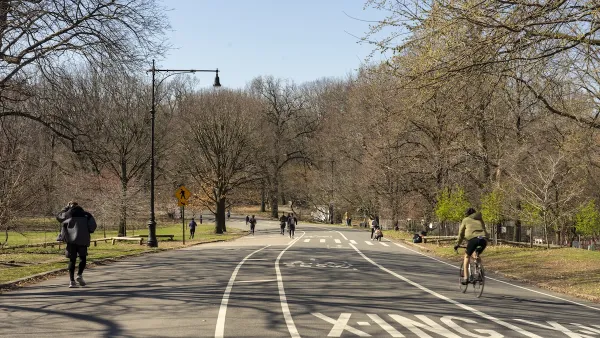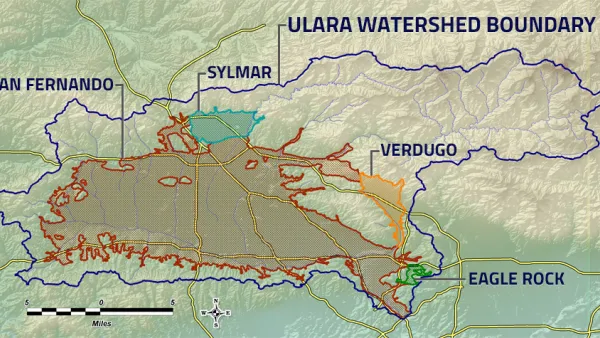Harsh climate and persistent drought have accelerated New Mexico's desertification over three years of record-breaking heat. With 87% of the Western U.S. experiencing a drought, is New Mexico the canary in the coal mine for an increasingly arid area?
With fall fast approaching, intolerable heat waves and parched summer weather will soon be a thing of the past across much of the U.S. But for New Mexico, no such relief appears to be in sight.
With the entire state in a drought, ecosystems are collapsing, reservoirs are at 17% of normal, livestock levels and crop yields are way down, and the once-mighty Rio Grande has been cynically nicknamed the ‘Rio Sand’. “[T]he question is no longer how much worse it can get but whether it will ever get better,” writes Julie Curt, “and, ominously, whether collapsing ecosystems can recover even if it does.”
Are these scorched weather conditions part of New Mexico's new norm? Meteorologist Chuck Jones claims that “even the state's recent above-average monsoon rains 'won't make a dent' in the drought.” Nonetheless, Jones hesitates to identify the past three years of extreme drought as a permanent climate change, rather than a 'multiyear aberration'.
Perhaps most concerning are the changes taking place in the 140,000-square-mile Chihuahuan Desert. Curt explains, “[f]ederal scientists are grimly watching a rare ecological phenomenon unfold here, a catastrophic alteration known as ‘state change’ — the collapse of the vast Chihuahuan Desert grasslands ecosystem and its transformation into a sandy, scrub desert affording little forage for wildlife or livestock.”
“As vegetation dies off and the process of desertification accelerates, [landscape ecologist Brandon] Bestelmeyer said, the Chihuahuan Desert will expand. As Western cities continue their march into wildlands, the growing desert and the sprawling suburbs are on a collision course.”
FULL STORY: New Mexico is the driest of the dry

Analysis: Cybertruck Fatality Rate Far Exceeds That of Ford Pinto
The Tesla Cybertruck was recalled seven times last year.

National Parks Layoffs Will Cause Communities to Lose Billions
Thousands of essential park workers were laid off this week, just before the busy spring break season.

Retro-silient?: America’s First “Eco-burb,” The Woodlands Turns 50
A master-planned community north of Houston offers lessons on green infrastructure and resilient design, but falls short of its founder’s lofty affordability and walkability goals.

Test News Post 1
This is a summary

Analysis: Cybertruck Fatality Rate Far Exceeds That of Ford Pinto
The Tesla Cybertruck was recalled seven times last year.

Test News Headline 46
Test for the image on the front page.
Urban Design for Planners 1: Software Tools
This six-course series explores essential urban design concepts using open source software and equips planners with the tools they need to participate fully in the urban design process.
Planning for Universal Design
Learn the tools for implementing Universal Design in planning regulations.
EMC Planning Group, Inc.
Planetizen
Planetizen
Mpact (formerly Rail~Volution)
Great Falls Development Authority, Inc.
HUDs Office of Policy Development and Research
NYU Wagner Graduate School of Public Service




























